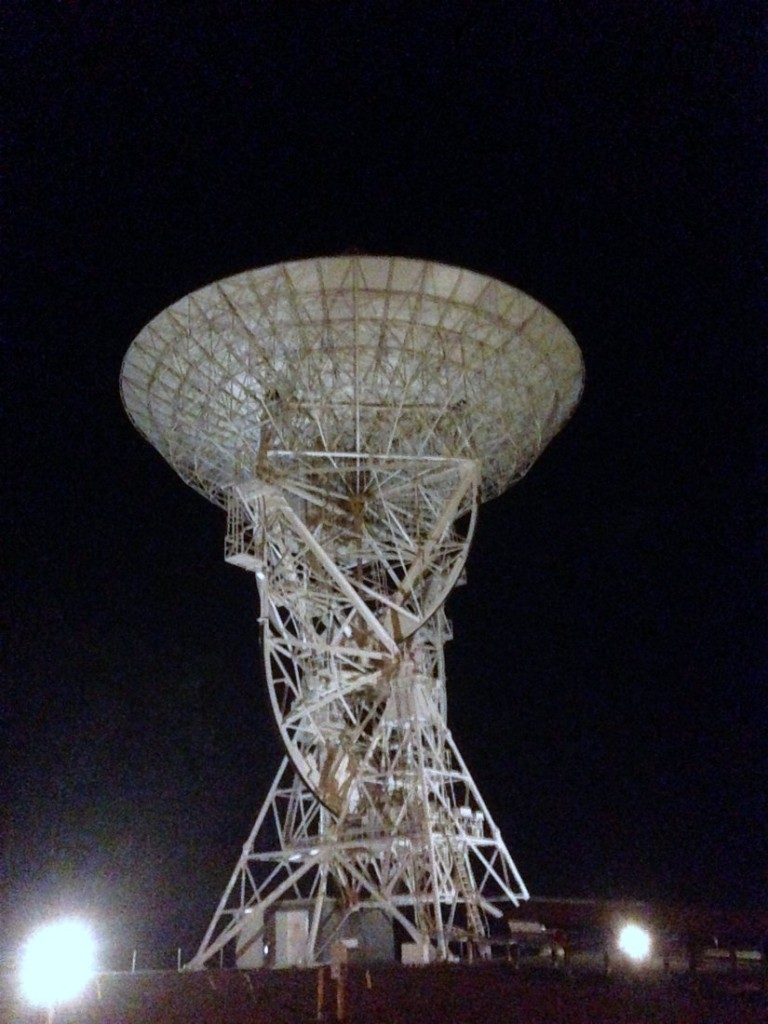 (Source: BBC)
(Source: BBC)
For the first time, scientists have tracked the source of a “fast radio burst” – a fleeting explosion of radio waves which, in this case, came from a galaxy six billion light-years away.
The cause of the big flash, only the seventeenth ever detected, remains a puzzle, but spotting a host galaxy is a key moment in the study of such bursts.
It also allowed the team to measure how much matter got in the way of the waves and thus to “weigh the Universe”.
Their findings are published in Nature.
Continue reading on the BBC website…
Being a fan of radio astronomy, I find this sort of news fascinating.
Six billion light-years…that’s some serious DX!

In all seriousness, this post reminded me of the fun I had “DXing” distant galaxies as a grad student. My Ph.D. research was on the application of very long baseline (radio) interferometry to geodesy. I briefly mentioned it in the introduction to one of my recent GPS World columns (http://gpsworld.com/innovation-how-deep-is-that-white-stuff/). One of the radio sources we observed (at 10.68 GHz or 2.8 cm) was the quasar 3C273 (quasars are the nuclei of distant galaxies). It has a redshift value of 0.158, which puts it at a distance of 2.2 billion light years! Not as far away as the galaxy producing the radio burst in the posting but still pretty far.
What frequency where they on?
96.7 Alien Invader FM
are they in Stereo?
It’s the waiting for the QSL card that’s painful. Haha!
True! Even if they just send an eQSL, it’ll take 6 billion years for them to receive your report, then 6 billion more to get the QSL to you–a total of 12 billion years full circle. My “back of the envelop” calculation tells me that’s roughly three times the age of Earth.
I hate to say this, but it might not be worth the effort. 🙂
Try enclosing an SASE or a couple of “green stamps” — that always works for me!
And it gets a faster reply!
Michael